Update: A few people have tweeted or left Facebook comments to tell me that this is not the first video game museum in America, with most referring to The Museum of Art and Entertainment (The MADE) in Oakland, CA.
While there's possibly a distinction to be made between the two locations (The MADE is, according to their website, concerned with digital art and games, with a bigger focus on their creation), I've altered the headline of this article to avoid confusion. Comments from the National Videogame Museum's founders about being the first American museum dedicated entirely to video games, however, remain unchanged.
Original story: "There are two museums in the United States dedicated to carrots," Sean Kelly told me over the phone. "Carrots! The vegetables that you dig up." So how, he asked, was there not a museum dedicated to video games?
It's a good question. The multi-billion dollar entertainment industry was born in the U.S. and is enjoyed by half of American adults, according to a recent Pew study. Video games have made appearances at the Smithsonian and they have a National Hall of Fame at the Strong Museum of Play in New York, but the medium deserves a permanent home.
That home, starting April 2, will be in Frisco. Kelly, along with co-founders Joe Santulli and John Hardie, has been hard at work on building the National Videogame Museum inside the Frisco Discovery Center. It features rare items from gaming's past, an '80s arcade, a giant Pong display and more.
(The museum's official name uses "videogame" as one word. AP style, which The Dallas Morning News uses, dictates the use of "video game" as two words. This is a debate that is almost as old as video game coverage itself, making the museum's name itself something of a conversation starter.)
This isn't an entirely new undertaking for the founders. They've been archiving video games and related memorabilia since the 1980s and have been putting on historical video game exhibits at a variety of conventions for the past 20 years, making appearances at shows like the Electronic Entertainment Expo (E3), the Classic Gaming Expo, South by Southwest and PAX. About six years ago they decided they wanted to find a permanent home for the exhibits, ultimately landing in Frisco.
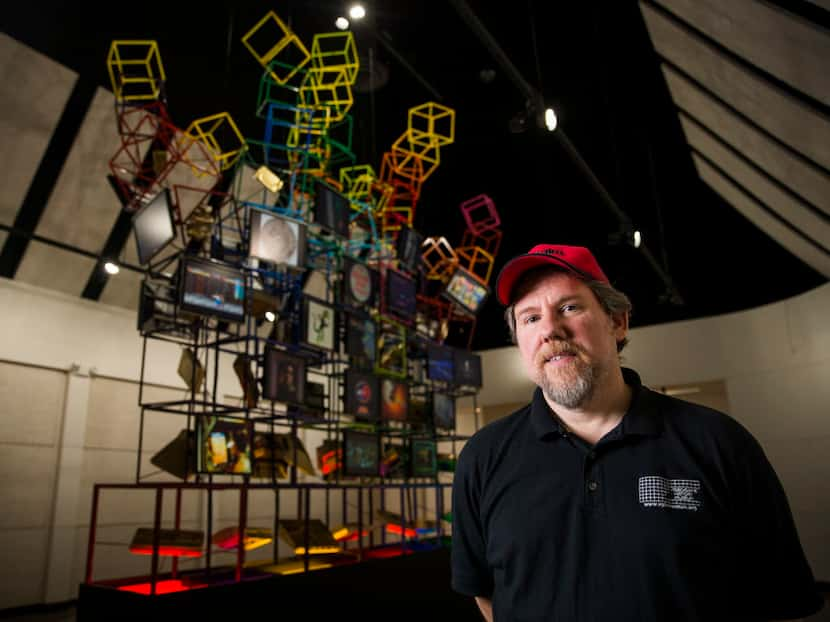
Why Frisco?
"We get asked the question all the time, 'Why isn't this in Silicon Valley? Why isn't it where the video game industry was born?'" Kelly says. "We looked there and we talked to people from several different municipalities in that area and they had some interest in it, but nobody was nearly as excited about it as Frisco was."
My first visit the still-under-construction museum back in December happened to overlap with a visit from the mayor of Frisco, Maher Maso. After happily taking photos in the museum's arcade and learning that I was there for a story, he told me I could "give it his seal of approval."
Kelly gives a lot of credit to Frisco's open-mindedness to Randy Pitchford, president and CEO of local game developer Gearbox Software. "Randy was moving his company's headquarters to Frisco [from Plano] and thought it would be a good spot for us. He introduced us to some people at the city and city council and different development corporations in the city. We sat down and they loved the idea and they had to have it, so here we are. ... [Pitchford] was able to get us a better audience than anybody else. Nobody cared enough to listen as closely as Frisco."
Pitchford downplays his involvement, though. "If we're going to give credit where credit is due, at best I'm like the main cheerleader," he says.
He showed me around the museum and told me the story of how he met museum co-founder John Hardie at the video game conference DICE, where some of what is now in the museum was on display. While talking, Pitchford learned that the dream for the museum was to have a permanent physical location, to which he responded, "I think I can help with that."
Within a year of that meeting he was in the process of moving his company, Gearbox Software, from Plano to a new headquarters in Frisco, learning a lot about municipalities and dealing with city government along the way. Pitchford's role was to introduce people to other people, something he says was a combination of "strategist, cheerleader and friction remover." He put the museum people in touch with Una Mckeen, who became the museum's development director. His wife, Kristy Pitchford, also ended up being an early investor in the museum after she saw its value.
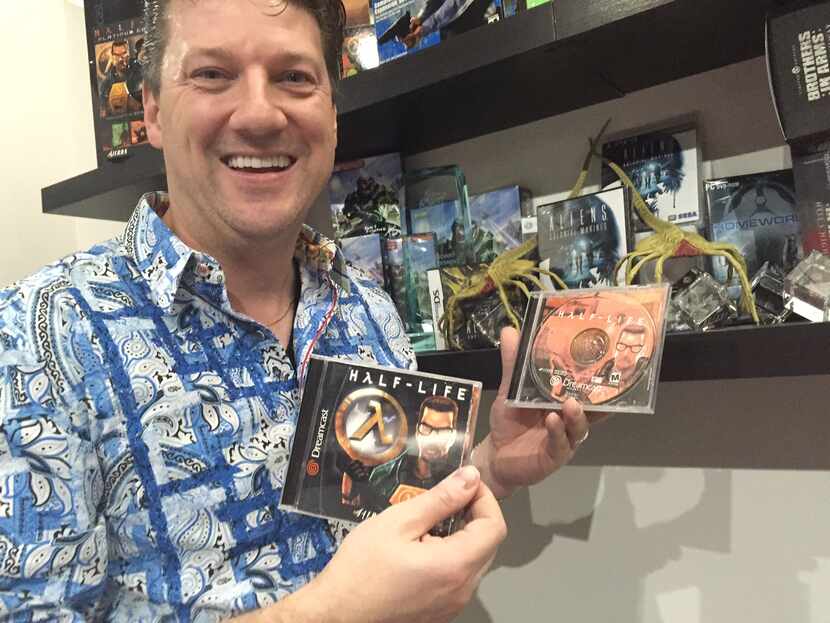
"But you have to realize that that's really all it is," he says. "Cheerleading and friction removing is not the same as actually making it happen. The credit goes to people like the museum folks for having collected all this stuff for all this time and for making the commitment to come here."
There is at least a piece of Pitchford's soul in the museum, though. One of the exhibits is actually a recreation of his old office from Gearbox's Plano headquarters, complete with pieces of video game history that are specific to the Dallas area.
The power of nostalgia
Kelly says that their collection of hardware, software and memorabilia is "by far the largest in the world."
"Somebody recently was inducted into the Guinness Book of World Records as having the largest video game collection in the world," Kelly says, "but we have twice as many games has him. And that's easy. If we wanted to really scrounge we could probably have five times as many."
It's not just quantity that matters, however. The museum also sports several one-of-a-kind items like the Sega Neptune, an unreleased console that would have been a combination of the Genesis and 32X. They also have two of the three known Dr. Pong (also known as "Puppy Pong") machines, which was a prototype of Pong created with pediatrician offices in mind.
There are also some objects that might not be easily recognizable but that are still important (and cool). If you are one of the millions of people who has played the Blizzard Entertainment game Diablo II, for example, you would probably recognize a lot of the sword and weapon clanging sounds from that game. The dented and scratched hubcap that was used to create those sounds was donated to the museum by Blizzard's Matt Householder.
But it's not always the rare stuff that gets people's attention. "We get just as cool a reaction from Contra [on the Nintendo Entertainment System] as we do from people seeing Puppy Pong for the first time," Kelly says. "It's nostalgia that drives the fascination."
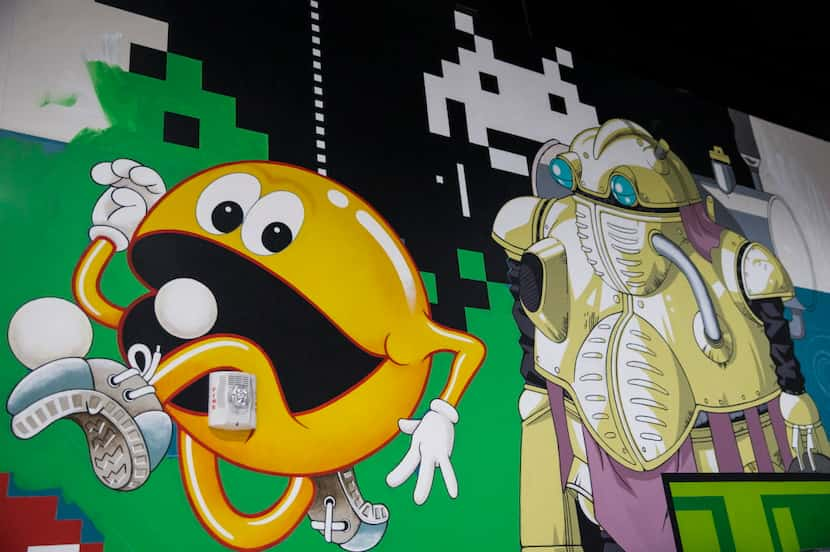
"A museum about video games built by gamers."
It's easy to dislike museums, Kelly says, as they can have a reputation for being stuffy and boring. "But video games are not like that," he says, "and that's what we're not building. A lot of time and a lot of effort was spent making it a cool place to go. It's not a bunch of bones and skeletons and mummies."
Most people care about video games, whether they realize it or not. Yes, there are the kids who play Call of Duty for 13 hours a day that obviously see value in the medium, but games aren't limited to just those people. "My wife plays Candy Crush every night," Kelly says, and that's still a video game. It doesn't matter if you play it on your phone, a dedicated game console, a computer or a TI-83 graphing calculator.
But the museum itself is a labor of love from people who care a lot, and have for a very long time. Santulli is big on modern gaming. Hardie is an Atari fan. Kelly was big on the Intellivision. And so on.
Kelly is also an archivist. When he's not running his vintage video game store in Chicago, he spends some time thinking about how today's video games will be preserved for future generations. In the past, everything was physical, making the job of capturing that data a little more simple. In today's digital world, things can get tricky.
For example, he brings up the surprise mobile hit Flappy Bird. After becoming a phenomenon practically overnight, creator Dong Nguyen decided to discontinue the game and pull it from the Apple and Google app stores, making it hard to obtain for anybody who wants to play the game today. Is that game now lost to history forever, or will it survive in some other form?
"Twenty years from now, Flappy Bird probably won't be that important in the history of pop culture," Kelly says. "But it might come up."
Kelly hopes that the National Videogame Museum can be the go-to place for preserving everything related to games, both physical and digital. As more people theoretically decide to trust the museum with their own pieces of gaming history, Frisco could become a must-see destination for anyone who cares about Pac-Man, Mario, Pong, World of Warcraft or a Game Boy accessory that functions as a sewing machine.
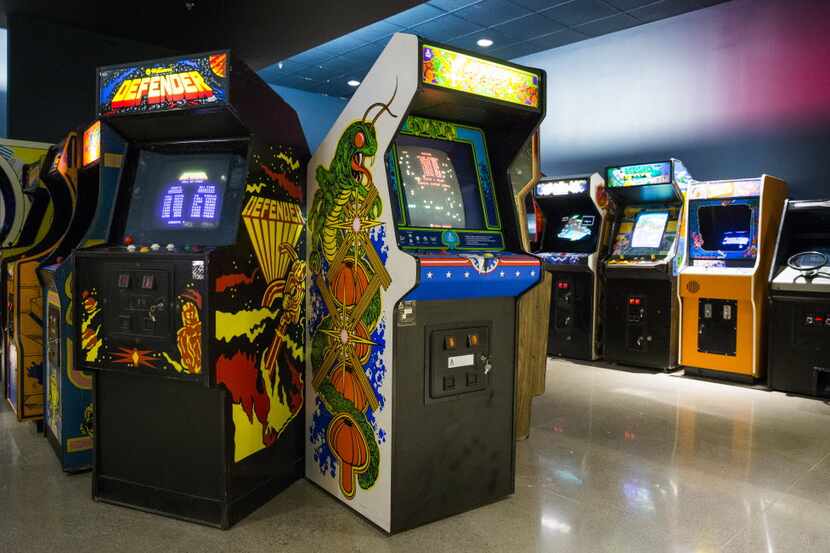
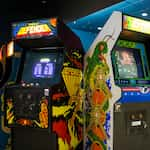

/cloudfront-us-east-1.images.arcpublishing.com/dmn/CYCED6UYIJA3ZBD7OJ6PR27SIU.jpg)
/cloudfront-us-east-1.images.arcpublishing.com/dmn/F5S2YSWWSFDL5ETVPWMAR4IIMM.jpg)
/cloudfront-us-east-1.images.arcpublishing.com/dmn/XVPEQJX4SRGT7OSHUVAKN5FFGQ.jpg)
:no_upscale()/cloudfront-us-east-1.images.arcpublishing.com/dmn/FVNFZF773ZGBBIMFHTQJFFNT2Y.jpg)
/cloudfront-us-east-1.images.arcpublishing.com/dmn/D4FJ726DTR6SREKVO4SCKYKNEE.jpg)